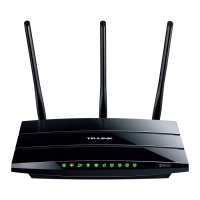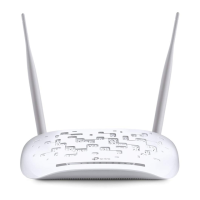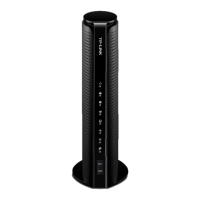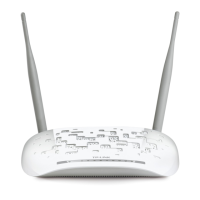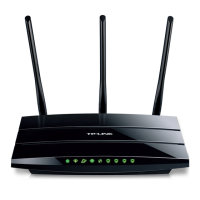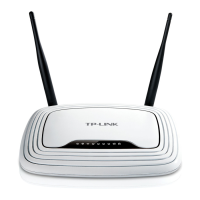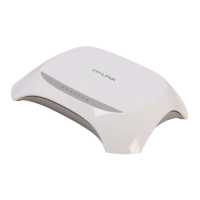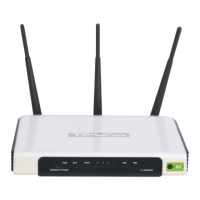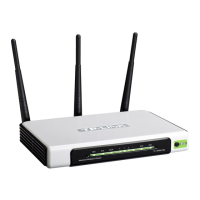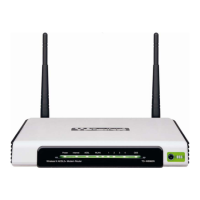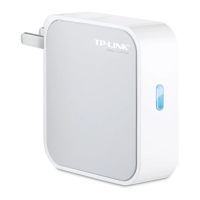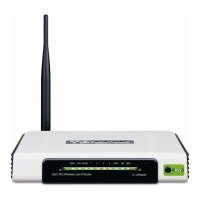Default Gateway: select a WAN Interface from the drop-down list as the IPv4 default
gateway.
Enable IPv6: Check the box to enable IPv6.
IPv6 Address: Enter the IPv6 address in dotted-decimal notation provided by your ISP.
Prefix length:
Enter the length of the prefix
IPv6 Gateway: Enter the gateway IPv6 address in dotted-decimal notation provided by your
ISP.
IPv6 DNS Server/ Secondary DNS Server: Here you can set DNS Server (at least one)
manually. The Route will use this DNS Server for priority.
IPv6 Default Gateway: select a WAN Interface from the drop-down list as the IPv6 default
gateway.
Note:
Each IP address entered in the fields must be in the appropriate IPv6 form, which is eight IP octets
separated by a colon (x:x:x:x:x:x:x:x). The router will not accept the IP address if it is not in this
format.
Click Advanced, advanced selections for WAN Service Setup can be shown.
MTU (bytes): Maximum Transmission Unit Size. Check this box then you can change the MTU
size. The default MTU value is 1500 Bytes. It is not recommended that you change the default
value unless required by your ISP.
Enable NAT: This technology translates the IP addresses of a local area network to a different
IP address for the Internet. If this GPON router is hosting your network’s connection to the
Internet, please select the check box. If another Router exists in your network, you don’t need
to select the option.
Enable Fullcone NAT: It is a type of NAT, if not enabled, the default NAT will act.
Enable SPI Firewall: A SPI firewall enhances network’s security. Select the option to use a
firewall, or else without a firewall.
Enable IGMP Proxy: IGMP (Internet Group Management Protocol) is used to manage
multicasting on TCP/IP networks. Some ISPs use IGMP to perform remote configuration for
client devices, such as the GPON router. The default value is disabled, and if you are not sure,
please contact your ISP or just leave it.
Interface Bindings:
Here you can select specified LAN interfaces to the same object, then the specified LAN interfaces
could connect to WAN only via specified connection type.
For example, if you select PPPoE as the connection type, as the same time bind LAN1, LAN2 and
SSID1 together, then the three interfaces could only connect to WAN via the specified PPPoE link.
24
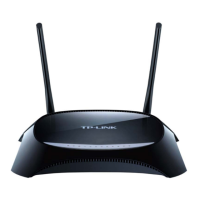
